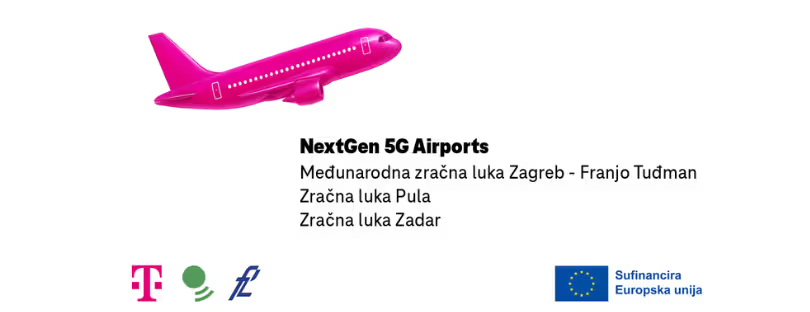
Deutsche Telekom launches satellite IoT tariffs
Deutsche Telekom is presenting its new tariffs for the Internet of Things (IoT) at the MWC in Barcelona. It is now offering connectivity via satellite commercially for the first time. The partner network is growing and already enables the most important use cases. Customers can choose from two tariff packages, each combining terrestrial and satellite-based connectivity. Deutsche Telekom satellite IoT tariffs
The interaction of all mobile services takes place conveniently on the T IoT Hub platform. The appropriate hardware, such as satellite terminals or routers, can be booked as an option. Installation assistance is also available.
“Our ‘network of networks’ is now unleashing its full potential: Global, seamless, reliable, with strong partners for flexibility and easy implementation,” says Dennis Nikles, CEO Deutsche Telekom IoT GmbH. “We are constantly expanding our partner network. Scientists and companies are testing and developing convergent connectivity in the Early Adopter Program. The results are incorporated into the development of our offering.”
“IoT Satellite Connect” tariff Deutsche Telekom satellite IoT tariffs
With the partner Intelsat, the focus is on broadband, stationary solutions, for example, wind and solar parks. The operation of these critical infrastructures requires a fail-safe network connection. Intelsat enables Deutsche Telekom’s IoT customers to directly use a global satellite infrastructure for seamless mobile and satellite-based connectivity. The new “IoT Satellite Connect” tariff package costs 211.50 euros per month and includes:
- 1 GB satellite data volume per month with a guaranteed data rate, and
- 5 GB mobile data volume available for Europe and North America.
- In addition, a VSAT terminal with satellite dish and cellular router, installation, and service are included.
- Customers can manage their connectivity online and access programming interfaces (APIs) via the T IoT Hub.
Viasat and its service partner Galaxy 1 Communications, will soon be adding mobile applications to the portfolio. These will expand Deutsche Telekom’s current range of services, specifically for logistics, agriculture, and maritime applications. Deutsche Telekom is already cooperating with the Viasat subsidiary Inmarsat to provide airline passengers with satellite-based on-board communication through the European Aviation Network (EAN).
“IoT Business LPWA (Low Power Wide Area)” tariff
Customers can optionally book satellite connectivity in addition to the existing IoT Business LPWA tariff: The partner Skylo covers the requirements for narrowband devices (NB-IoT) via so-called geostationary satellites: The rotation speeds of the satellite and of the earth are identical. The “fixed” satellites offer permanent availability. With the new 5G standards, IoT devices can use satellite connectivity in addition to terrestrial mobile communications. Previously, this required two different devices. Skylo is integrated as Telekom’s first non-terrestrial NB-IoT roaming partner. For a quick start, a trial offer is also available. The details:
- 6.5 MB mobile data volume per SIM per month (available in Europe).
- Satellite data usage 90 cents per KB flexible according to consumption.
- Costs: from 2.70 euros for one year.
The partner network continues to grow: satellite networks in Low Earth Orbit (LEO) will be added to the offer over the year. These are located in a low earth orbit and therefore generally enable higher data rates and lower latency. Future partners are OQ Technology and Sateliot.
Early Adopter Program (EAP): Testing and developing IoT via satellite
The interplay between terrestrial and satellite connectivity is constantly being further developed: The “Satellite NB-IoT Early Adopter Program” was launched at the end of 2023. Currently, 20 selected European companies are working on prototypes of convergent 5G devices based on test hardware from Murata and convergent connectivity from Deutsche Telekom and Skylo.
One of these companies is PSsystec GmbH. It provides support for the remote monitoring and diagnosis of systems in decentralized industrial applications. Power generators, pumping stations, and compressed air systems require seamless monitoring and maintenance to ensure operation in mines, island networks, and remote locations. A retrofit solution enables the installation of sensors and protocols for machines in areas without seamless cellular coverage.
The Fraunhofer Heinrich Hertz Institute is also a partner in the program. For scientists, early access to the latest 3GPP Rel-17 5G technology is crucial to enabling satellite and mobile communications on a single device. Potential use cases include emergency warning and security applications in areas with incomplete connectivity (such as public warning systems, commercial mobile alarm systems, and earthquake and tsunami warning systems).









